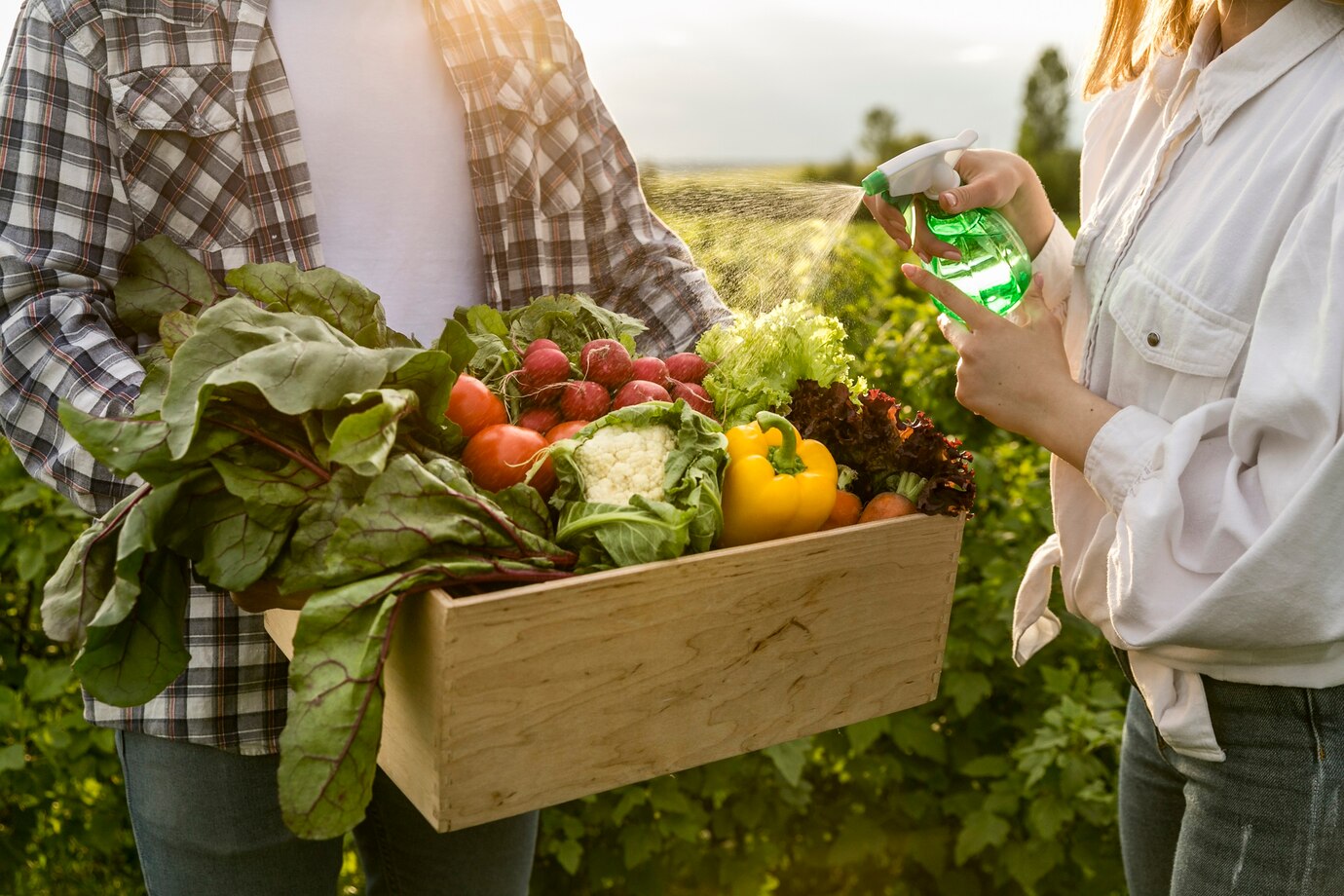Organic Farming vs Conventional: What’s Better for the Planet?
With climate change and environmental concerns taking center stage, the way we grow our food is under the microscope. Two main agricultural practices—organic farming and conventional farming—are often compared for their impact on the planet. But which one truly holds the key to a sustainable future? Let’s explore both sides and find out.
Understanding Organic Farming
Organic farming is a method that emphasizes working with nature rather than against it. It avoids synthetic fertilizers, pesticides, and genetically modified organisms (GMOs). Instead, it uses natural techniques such as composting, crop rotation, green manure, and biological pest control to maintain soil health and biodiversity. Organic farming focuses on creating a balanced ecosystem that supports plant, animal, and human health. This approach is not just about what’s not used—it’s about building a farming system that regenerates the environment.
What is Conventional Farming?
Conventional farming, also known as industrial or modern agriculture, uses synthetic chemicals and high-efficiency technologies to maximize food production. It typically involves monoculture practices (growing a single crop repeatedly), heavy use of chemical fertilizers and pesticides, and genetically modified crops to resist pests and boost yields. Conventional farming has played a crucial role in feeding the growing global population, but it has also been associated with soil degradation, water pollution, and a loss of biodiversity.
Environmental Impact Comparison
Soil Health
Organic farming enhances soil structure and fertility through natural compost and crop diversity, which helps increase microbial life in the soil. In contrast, conventional farming often depletes soil nutrients due to repeated use of synthetic fertilizers and lack of crop rotation. Over time, this can lead to erosion and reduced productivity.
Water Pollution
Because organic farming avoids chemical fertilizers and pesticides, it significantly reduces the risk of water contamination. Conventional farming, however, is a major contributor to water pollution, as chemical runoff from fields enters rivers, lakes, and oceans, leading to harmful algae blooms and dead zones.
Greenhouse Gas Emissions
Organic farms generally have lower emissions due to less energy-intensive inputs. However, they often require more land to produce the same amount of food. Conventional farms, while more efficient in yield, contribute significantly to greenhouse gases through fertilizer production, machinery fuel, and livestock emissions. It's a trade-off between efficiency and environmental cost.
Biodiversity
Organic farming supports greater biodiversity by preserving habitats, protecting pollinators, and encouraging crop diversity. Conventional farming, with its emphasis on monocultures and chemical pest control, reduces biodiversity and disrupts ecosystems. Studies show that organic farms host more birds, insects, and plant species than their conventional counterparts.
Land Use
One major criticism of organic farming is its lower yield. To match the food output of conventional farms, organic systems may need more land, potentially threatening forests and wild areas. Conventional farming, despite its downsides, can produce more food per hectare, which helps conserve land—but at an environmental cost.
So, Which One is Better?
There’s no simple answer. Organic farming is clearly better for soil health, water quality, and biodiversity. It’s a more holistic approach that prioritizes long-term sustainability. However, conventional farming plays a critical role in global food security due to its high productivity and efficiency. The challenge lies in balancing both approaches. A hybrid system that integrates the environmental benefits of organic farming with the high-yield innovations of conventional methods could be the most sustainable path forward.
Conclusion
In the debate of organic vs conventional farming, the environment leans in favor of organic practices, especially when it comes to preserving ecosystems and reducing pollution. But to feed a growing population, we can’t ignore the strengths of conventional methods. The solution may lie not in choosing one over the other, but in combining the best of both worlds—adopting sustainable practices that protect the planet while ensuring food for all.
.png)






Leave a Comment
Your email address will not be published. Required fields are marked *